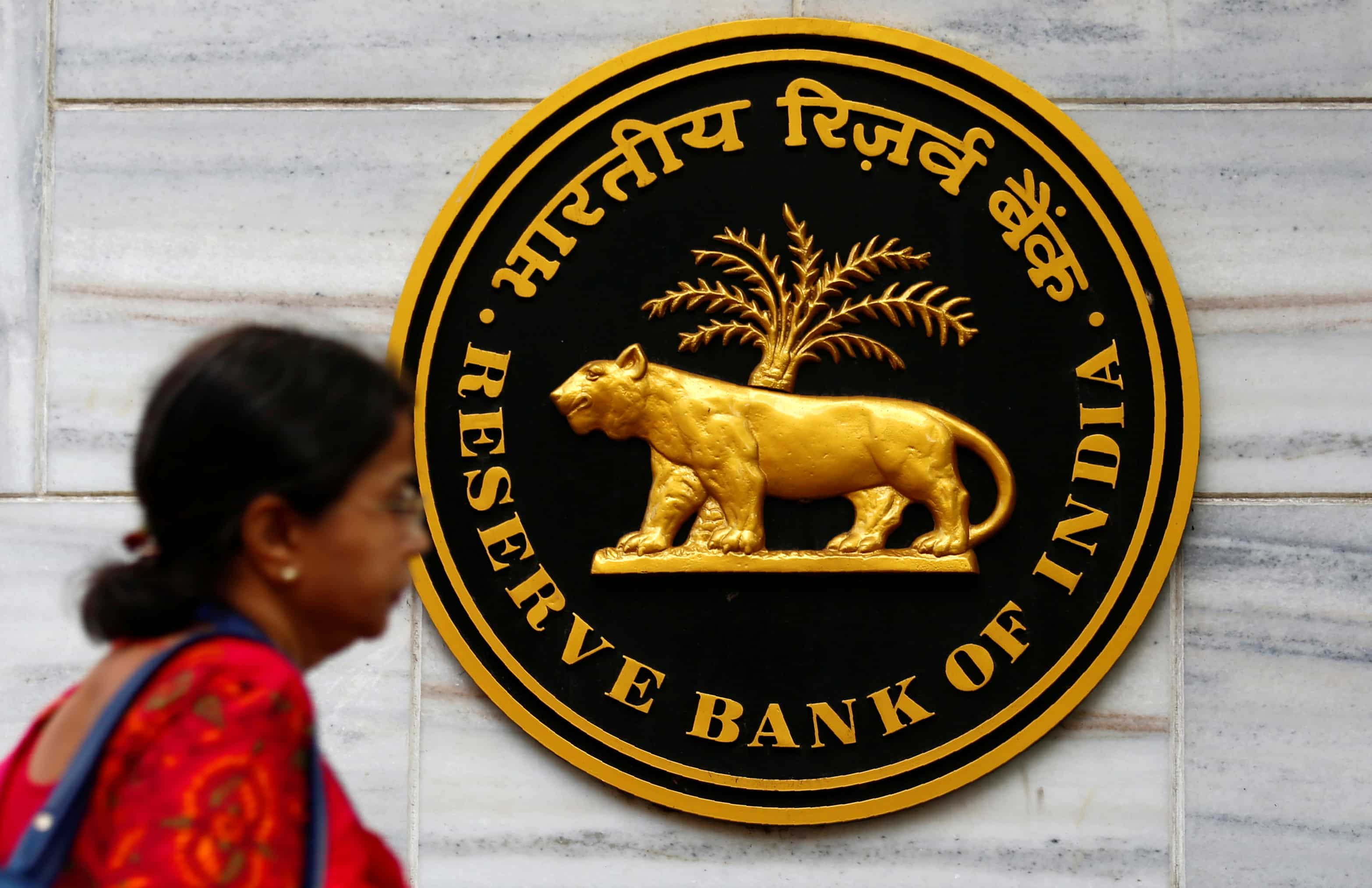Rise in Share of Housing Loans: RBI Report Reveals Significant Growth Over 11 Years, Reaching 14.2%

Rise in Share of Housing Loans: RBI Report Reveals Significant Growth Over 11 Years, Reaching 14.2%
According to the Reserve Bank’s most recent Financial Stability Report (FSR), there has been a notable rise in the proportion of residential housing loans in total advances over the past eleven years. The share of housing loans has increased from 8.6% in March 2012 to 14.2% in March 2023, indicating a positive trend in the housing finance sector.
The FSR highlights the housing market’s healthy growth, with sales witnessing a significant uptick of 21.6% in the fourth quarter of the financial year 2022-23 (January-March). This surge in sales reflects
strong demand from potential homebuyers and indicates a favorable market environment.
Furthermore, the report reveals that the housing sector has experienced consistent growth in terms of new project launches. The sustained growth in new launches suggests robust demand for housing from end-users, further supporting the overall positive outlook for the housing market.
According to a report, there has been a notable rise in the proportion of residential housing loans compared to the total loans over the past eleven years. In March 2023, the share of residential housing loans reached 14.2 percent, a significant increase from 8.6 percent in March 2012. This indicates a growing emphasis on residential real estate investments in the loan market during this period.
Conversely, the report highlights that the share of commercial real estate (CRE) in total loans remained relatively stable between 2.0 to 2.9 percent throughout the same eleven-year timeframe. This suggests that commercial real estate loans have maintained a consistent portion within the overall loan market and have not experienced significant fluctuations in their share.
In summary, the report reveals a substantial surge in the percentage of residential housing loans relative to total loans over the last eleven years. On the other hand, the share of commercial real estate loans has remained relatively constant during the same period, fluctuating within a narrow range of 2.0 to 2.9 percent. These findings reflect the evolving dynamics and priorities within the lending sector, with an increasing focus on residential housing as compared to commercial real estate.

According to the report, the total exposure of the banking system to real estate reached 16.5 percent of total loans in March 2023. This indicates that a significant portion of the banking industry’s loan portfolio is allocated toward real estate investments. It is worth noting that these loans are considered secured, meaning they are backed by collateral such as property, and are subject to loan-to-value (LTV) ratio regulations. As a result, the report suggests that loan defaults have remained relatively low, at less than 2 percent.
Pradeep Aggarwal, the Founder, and Chairman of Signature Global (India), commented on the borrowing habits of Indians. He mentioned that historically, there has been a tendency among Indians to avoid taking on excessive debt. However, if individuals do opt for loans, they incline to repay them as quickly as possible. This statement emphasizes a cultural preference for responsible borrowing and timely repayment among Indian borrowers.
Overall, the report highlights the significant exposure of the banking system to the real estate sector and the relatively low default rates on these loans. It also offers insights into the borrowing behavior of Indians, highlighting their cautious approach toward debt and their commitment to prompt repayment.
Pradeep Aggarwal further elaborated on the borrowing behavior in the context of home loans. He pointed out that individuals demonstrate a strong commitment to repay their home loans promptly. Homeownership is highly valued in Indian culture, representing pride and accomplishment. As a result, borrowers are motivated to avoid defaulting on their loans and the potential risk of losing their homes. This responsible approach to home loans contributes to the low non-performing asset (NPA) rate observed in the segment.

Aggarwal also acknowledged the significant role played by the regulations and guidelines established by the Reserve Bank of India (RBI) in maintaining a low NPA rate in the home loan sector. The RBI has implemented specific rules and measures to govern home loans, including loan-to-value (LTV) ratios, income verification, and repayment capacity assessments. These regulatory safeguards ensure that borrowers are granted loans they can manage and mitigate the risk of defaults.
In summary, Aggarwal emphasized the Indian cultural inclination to repay home loans promptly, driven by the significance of homeownership. This attitude contributes to a low NPA rate in the home loan segment. Furthermore, he acknowledged the regulatory framework provided by the RBI as a crucial factor in maintaining this favorable scenario by promoting responsible lending practices and reducing the risk of loan defaults.
Based on data from the Reserve Bank of India (RBI), the outstanding housing loans, which include both regular housing loans and those falling under the priority sector, reached Rs 19,36,428 crore in March 2023. This represents a year-on-year increase of 15 percent. This data indicates a significant growth in the housing loan market, reflecting the rising demand for housing finance in the country.
The Financial Stability Report (FSR) also revealed that the all-India house price index (HPI) experienced its highest increase in the last seventeen quarters during the fourth quarter of the 2022-23 fiscal year. The HPI recorded a year-on-year growth of 4.6 percent, indicating an upward trend in house prices. Additionally, on a sequential basis (quarter-on-quarter), the HPI has been consistently rising over the past year and witnessed a further increase of 0.6 percent from January to March.
These findings suggest a positive trend in the Indian housing market, characterized by increasing housing loan outstanding and a rise in house prices. The robust growth in housing finance indicates strong demand for residential properties, while the upward movement in house prices indicates a healthy real estate market.
The report highlighted that following the post-pandemic period, there has been a strong demand for houses, leading to the closing of the house price gap (actual price minus the trend). The house price gap serves as an indicator of the concentration of credit and vulnerability within the housing market. A positive house price gap indicates potential risks and imbalances in the market.
According to the RBI’s ‘Basic Statistical Return on Credit by Scheduled Commercial Banks in India – March 2023’, there has been an increase in the share of loans with an interest rate of over 9 percent. In March 2023, this share reached 56.1 percent, which can be attributed to the monetary tightening measures initiated in May 2022. These measures were implemented to control inflation and manage the overall credit environment.

This data suggests that the tightening of monetary policies has resulted in higher borrowing costs for individuals seeking loans, potentially impacting the affordability and accessibility of credit in the housing market.
Starting in May 2022, the Reserve Bank of India (RBI) implemented a series of interest rate hikes in response to global supply disruptions caused by the Russia-Ukraine war, aiming to control inflation. For these actions, the benchmark short-term lending rate was raised by a total of 250 basis points. However, in the most recent two bi-monthly monetary policy reviews, the RBI opted not to further increase the interest rate. This decision suggests a potential shift in the central bank’s approach to monetary policy as it balances the need to rein in inflation with other considerations and aims to stabilize the economic environment.





